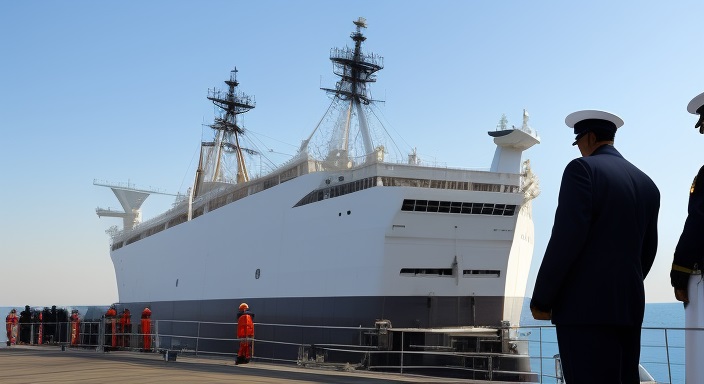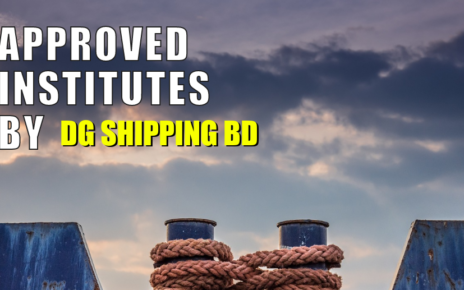In this blog post, we will discuss what are conformities, non-conformities and major non-conformities in ship inspection, and why they are important for ensuring safety and quality on board.
non-conformities and major non-conformities
Conformity is the state of meeting or exceeding a specified requirement, such as a standard, a regulation, a contract or a policy. Conformity can be achieved by following the procedures and guidelines established by the company’s safety management system (SMS), which is based on the International Safety Management (ISM) Code.
Non-conformity is an observed situation where objective evidence indicates the non-fulfillment of a specified requirement. Non-conformity can result from human error, negligence, lack of training, equipment failure, environmental factors or other causes. Non-conformity can have negative consequences for the safety of personnel, the ship or the environment, and can also affect customer satisfaction and reputation.
Major non-conformity is any identifiable deviation that poses a serious threat to the safety of personnel or the ship or a serious risk to the environment that requires immediate corrective action and includes the lack of effective and systematic implementation of this Code. Major non-conformity can lead to accidents, incidents, injuries, fatalities, pollution or legal sanctions.
Ship inspection is a process of verifying that a ship complies with applicable requirements and standards for its design, construction, operation and maintenance. Ship inspection can be conducted by various parties such as flag state administration, port state control authorities, classification societies, charterers or customers. Ship inspection can involve checking documents, records, certificates, manuals and plans; examining equipment, systems and structures; testing functionality and performance; observing operations and drills; interviewing crew members; etc.
During ship inspection
Conformities are expected and appreciated; non-conformities are identified and reported; major non-conformities are avoided or rectified immediately. The company should establish procedures for handling non-conformities in accordance with ISM Code requirements. These procedures should include:
– Recording non-conformities in an appropriate manner
– Analyzing root causes of non-conformities
– Implementing corrective actions to eliminate non-conformities
– Implementing preventive actions to prevent recurrence of non-conformities
– Monitoring effectiveness of corrective and preventive actions
– Reviewing non-conformities at management level
– Communicating non-conformities to relevant parties
By following these procedures, the company can demonstrate its commitment to continuous improvement of its SMS and its performance in terms of safety and quality.
Why Ship Inspection Is Important
Ship inspection is a vital process that ensures the safety and efficiency of maritime operations. Ship inspection involves checking various aspects of a vessel, such as its structure, equipment, documents, crew and cargo. The purpose of ship inspection is to verify that the vessel complies with the relevant regulations and standards, and to identify any potential risks or defects that may affect its performance or seaworthiness.
Ship inspection can be conducted by different parties for different reasons. For example, ship owners and operators may conduct regular inspections to maintain their vessels in good condition and to prevent accidents or breakdowns. Classification societies may inspect ships to certify their compliance with technical rules and standards. Flag states may inspect ships to enforce their national laws and regulations. Port states may inspect foreign ships that enter their waters to ensure they do not pose a threat to their environment or security.
Ship inspection is important for several reasons. First, it helps to protect the lives and health of the crew members and passengers on board the ship. Second, it helps to prevent pollution and environmental damage caused by substandard ships or illegal activities. Third, it helps to enhance the efficiency and profitability of maritime operations by reducing delays, costs and liabilities associated with accidents or incidents. Fourth, it helps to promote fair competition and trade among shipping companies by ensuring a level playing field.
Therefore, ship inspection is a crucial aspect of maritime safety and quality management that benefits all stakeholders involved in the shipping industry.



